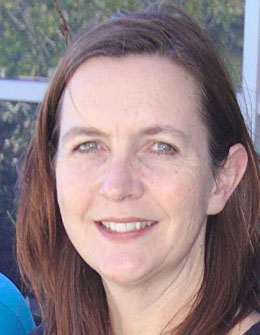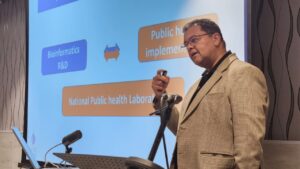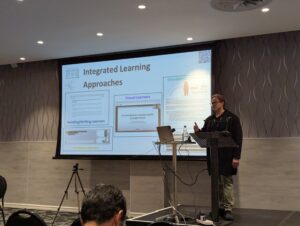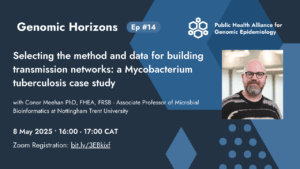We chat with Nicki Tiffin on the recent publication of an ethical benefit sharing framework in BMJ Global Health.
Congratulations on the publications of your Ethics and Data Sharing paper! Tell us, what prompted you to write this paper?

Thank you, we are very pleased to have published the benefit sharing framework in BMJ Global Health. There is increasing recognition of the need to implement benefit sharing as part of all research programmes, alongside the increased need to ensure equitable research practices. I do think, however, that many research stakeholders are not sure how to practically implement or describe benefit sharing efforts even though their projects may already contain some elements of benefit sharing.
We hope that the framework that we have developed will help researchers, funders and other stakeholders in health research to identify ways that they can include benefit-sharing in their projects, and also describe benefits that may already be shared during their programmes. The framework is designed to make it much easier to design and implement benefit sharing from the earliest stages of programme or project design.
Please share with us what the paper is about.
In the paper, we have defined two dimensions to benefit sharing: The first describes the stakeholders who might benefit from a programme, recognising that there are many different types of stakeholders ranging from individuals such as research participants and researchers, all the way through to global or regional organisations. The second dimension identifies types of benefit sharing that are possible – they might be financial, but we also describe many other types of benefits, for example benefits might impact health and well-being, research careers or economic activity of stakeholders. Using these two dimensions in a matrix makes it possible to identify and plan ways to ensure specific benefits reach relevant stakeholders.
What is the take home message?
Our take home message is that this systematic approach to identifying benefit sharing opportunities can break benefit sharing down into manageable and practical pieces, and the framework can be used by a wide variety of health research stakeholders to plan and undertake intentional benefit sharing in their diverse programmes.
So, what projects are you working on next?
We are in the process of writing up our risks framework which partners the benefit sharing framework: the two frameworks are designed to complement each other in supporting the design of ethical and equitable research. Undertaking ethical research requires balancing risks and benefits for stakeholders, and the two frameworks can be used synergistically to identify the risks and benefits of a programme and to ensure that they are distributed fairly between stakeholders.
The full title for the paper is “A framework for the promotion of ethical benefit sharing in health research” and is available in the BMJ Global Health Journal.



